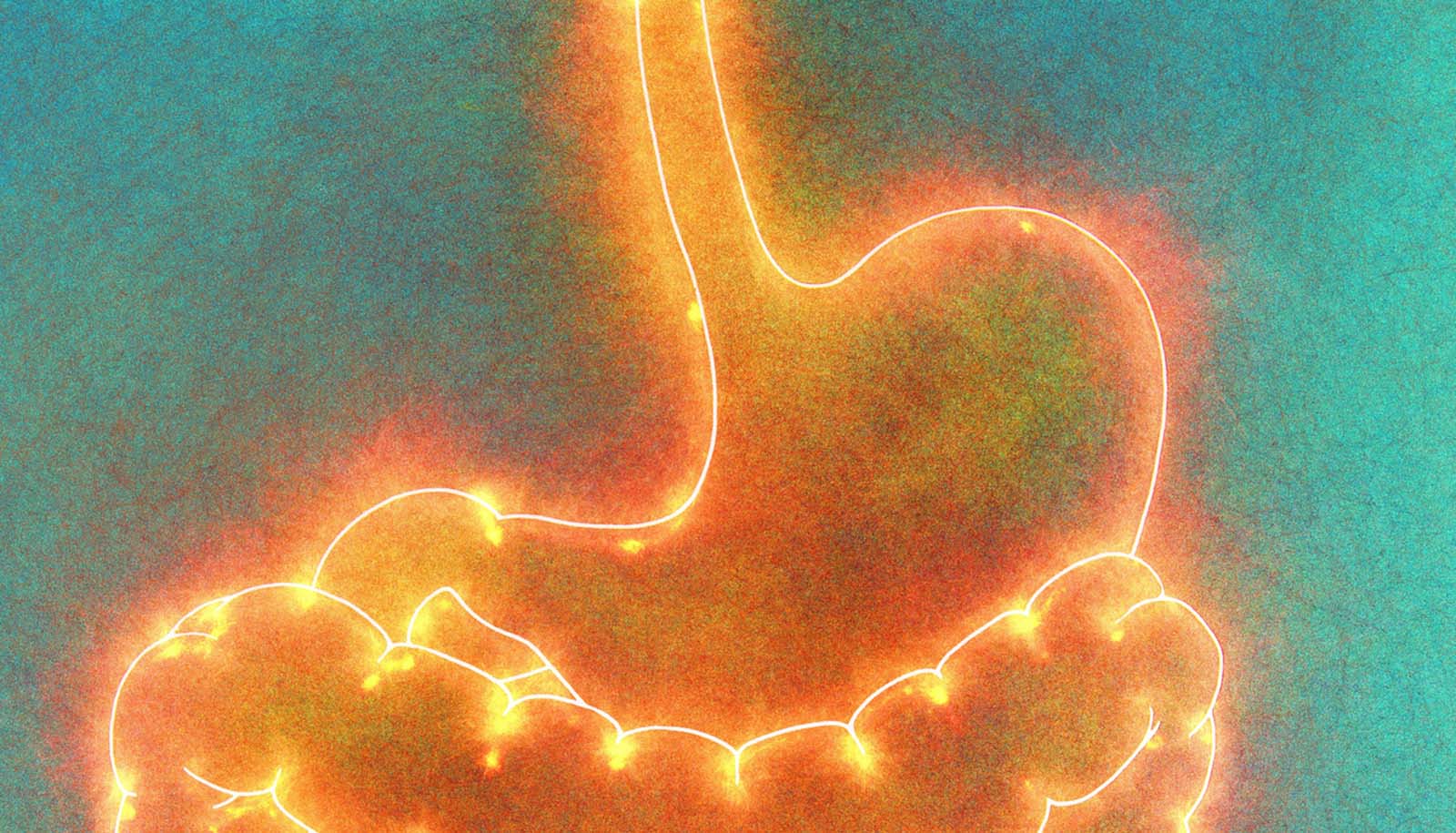Researchers have developed a new way to attack cancer: using a non-toxic dose of sodium formate—found in nettles and ants—to trigger an organic-osmium compound.
“This is a significant step in the fight against cancer…”
Named JPC11, the organic-osmium compound targets a metabolic process which cancer cells rely on to survive and multiply. It does this by converting a key substance used by cancer cells to provide the energy they need for rapid division (pyruvate) into an unnatural lactate—leading to the cells’ destruction.
“This is a significant step in the fight against cancer. Manipulating and applying well-established chemistry in a biological context provides a highly selective strategy for killing cancer cells,” says James Coverdale, a research fellow from the chemistry department at the University of Warwick.
“We have discovered that chemo-catalyst JPC11 has a unique mechanism of action—and we hope that this will lead to more effective, selective, and safer treatments in the future,” Coverdale says.
Recycle and reuse
Uniquely, this chemo-catalyst treatment can be recycled and reused within a cancer cell to attack it repeatedly.
This unprecedented ability to recycle and reuse the compound within cancer cells could lead to future administration of anticancer drugs in smaller, more effective, and potentially less toxic doses—decreasing the side-effects of chemotherapy.
The researchers have been focusing on the potential to use this compound on ovarian and prostate cancers.
Ovarian cancers are becoming increasingly resistant to existing chemotherapy drugs (such as the platinum drug, cisplatin). Since this new research functions in a totally new and unique way, it may overcome this acquired resistance and widen the spectrum of anticancer activity.
Importantly, the development opens up a possibility for a more selective cancer treatment as researchers observed that JPC11 specifically targeted the biochemistry of cancer cells, leaving healthy cells largely untouched—another improvement compared to existing platinum-based drugs, which can also attack non-cancerous cells.
“Platinum compounds are the most widely used drugs for cancer chemotherapy, but we urgently need to respond to the challenges of circumventing resistance and side-effects,” says research lead Peter Sadler, a medicinal chemist at the University of Warwick.
“Our lab is focused on the discovery of truly novel anticancer drugs which can kill cells in totally new ways. Chemo-catalysts, especially those with immunogenic properties, might provide a breakthrough,” Sadler says.
Protein that enables and kills cancer could be new target
“Although asymmetric catalytic hydrogenation processes are well developed in the materials industry, this research provides the first ever example of it being achieved inside cells using a synthetic catalyst,” says Martin Wills, catalyst specialist at the University of Warwick.
The importance of ‘handedness’
Handedness (molecular asymmetry) is critical to the function of bio-molecules in the body. Proteins, enzymes, and our DNA, for example—are handed. Only the correct hand works, in the same way that a right hand does not fit a left-hand glove.
In this case, the osmium compound JPC11, with sodium formate, can selectively produce a molecule of a specific “handedness”—thus manipulating how cancer cells grow.
“The ‘handedness’ of molecules is critical in the body. Our hands are near-identical, but are mirror images of each other. The same can be true of molecules, and in some cases, having the wrong handed molecule can have profound biological consequences,” Coverdale explains.
Heavy metal found in meteoroids kills cancer cells
“We believe that manipulation of the ‘handedness’ of molecules in cells could provide a new strategy for fighting diseases,” he says.
The researchers report their findings in the journal Nature Chemistry.
Funding for the research came from the European Research Council, Science City (Advantage West Midlands and the European Regional Development Fund), the University of Warwick, Bruker Daltonics, the Engineering and Physical Research Council, and Cancer Research UK.
Source: University of Warwick



